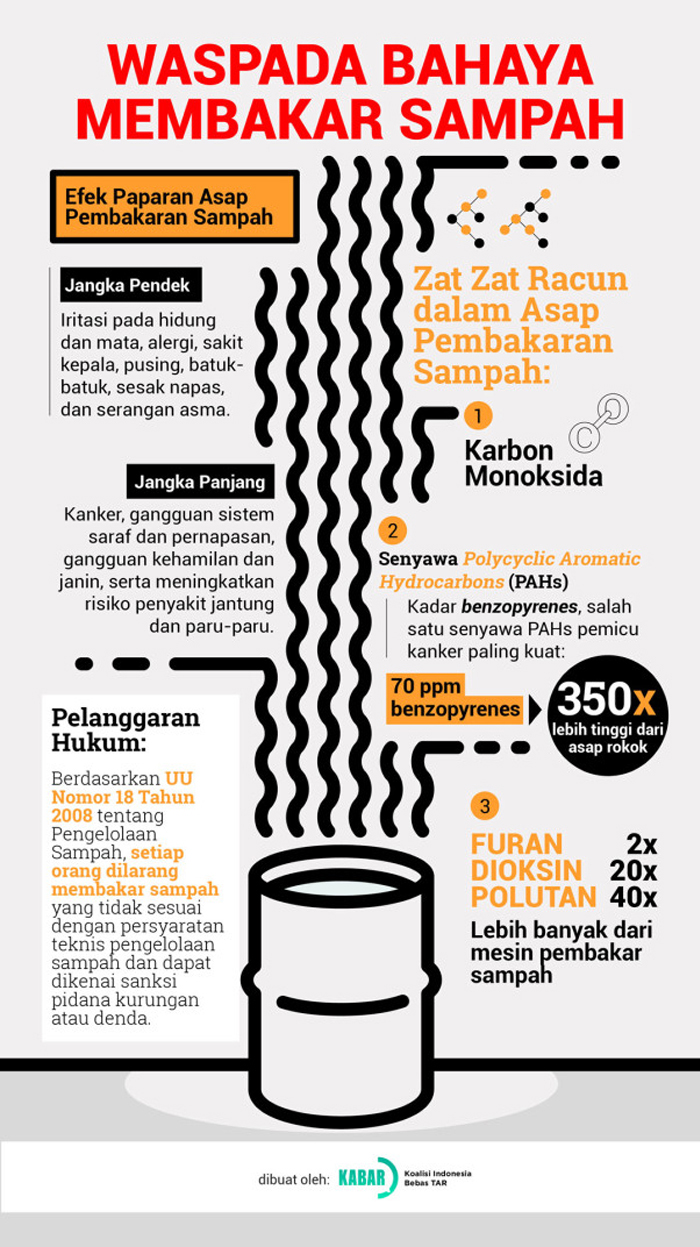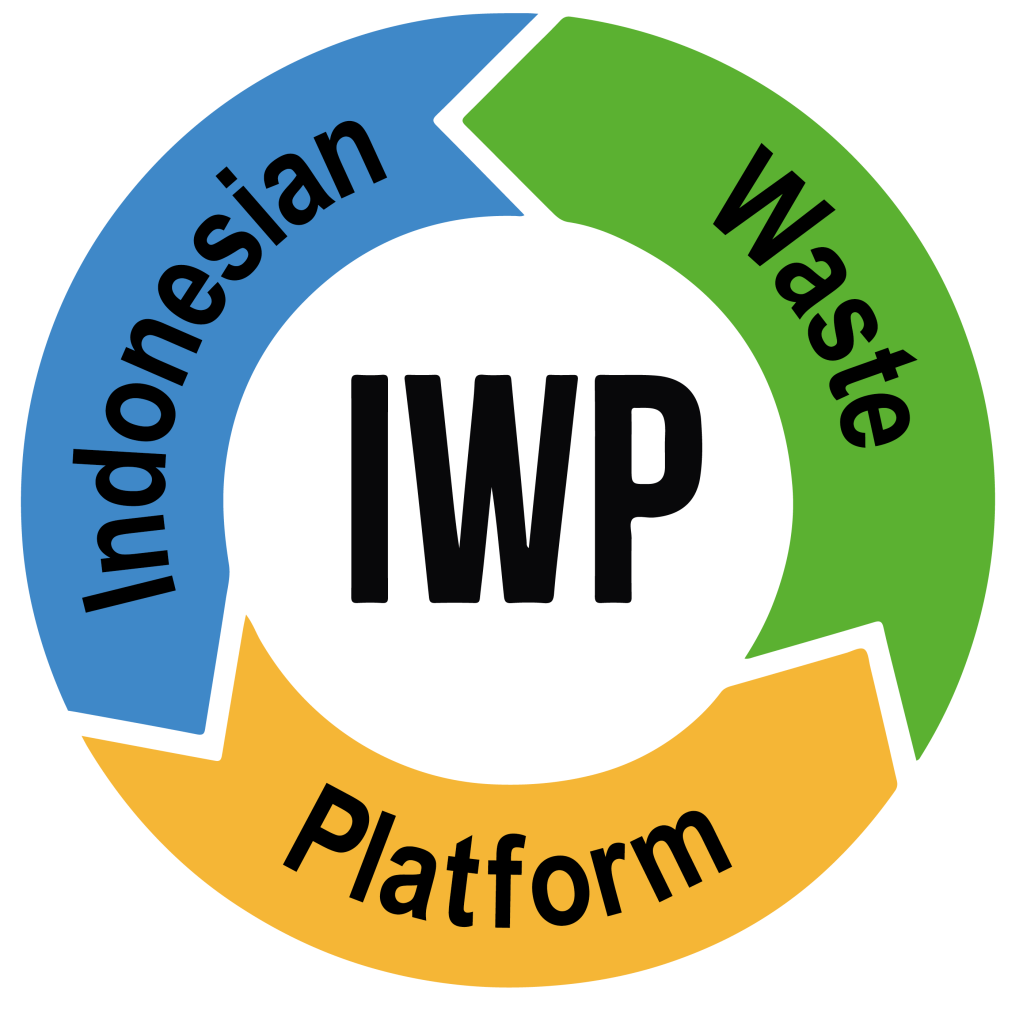Nearly half of Indonesia’s plastic waste is openly burned.
Open burning is the most common waste handling practice in Indonesia. Although this practice is strictly prohibited by law, it is estimated that 47% of the total plastic waste generated in Indonesia is openly burned (source ).
Our action
We educate and integrate awareness about the negative impacts of open burning on health and climate in our community-based waste management program. We collect household waste & litter from communities in remote regions, contributing directly to reducing open burning of plastics.
We introduce refilling in the communities. Reusables and refilling contributes directly to reduction of the use of sachets which are 100% littered or openly burned in communities.
Our campaign posters


🔥 Open waste burning & public health 🔥
Harmful pollutants from open-air burning include: fine particulates; black carbon (soot) particles; polychlorinated dibenzo dioxins (PCDDs) and polychlorinated dibenzo furans (PCDFs); and polyaromatic hydrocarbons, including known carcinogens such as benzo(a)pyrene.
Young children and older adults, especially those with existing respiratory conditions (e.g., asthma, chronic obstructive pulmonary disease etc.) are most susceptible to the immediate negative health effects from open-air burning. Exposure to poly-aromatic hydrocarbons, dioxins and furans are linked to problems with cancer, the liver, the immune system, endocrine system, the reproductive system, and the developing systems of the young.
🔥 Open waste burning & climate change 🔥
Intentional burning of household waste is part of routine household chores Intentional burning happens in landfills to create space. Spontaneous burning in landfills occurs due to ignition by methane from decomposing organic waste.
Research suggest that Black carbon emissions from open burning of waste has a climate impact equivalent to 2–10% of global CO2Eq emissions.
🔥 Links to resources by others 🔥
Plastic & Health – The Hidden Costs of a Plastic Planet by the Center for International Environmental Law (CIEL)
Mismanagement of Plastic Waste through Open Burning with Emphasis on the Global South: A Systematic Review of Risks to Occupational and Public Health by Costas A. Velis, Ed Cook Environ. Sci. Technol. 2021, 55, 11, 7186–7207 – May 18, 2021
OPEN BURNING OF WASTE: A GLOBAL HEALTH DISASTER by R20 Regions of Climate Action
Health and Environmental Effects of Open Burning of Refuse and Other Solid Wastes by Government of Saskatchewan
Open Burning during the COVID-19 Pandemic by US Centers for Disease Control and Prevention
Environmental Effects | Backyard Burning | Wastes by US EPA
Burning of fallen leaves poses health hazards The Times of India
Paper Burning and Associated Pollution Problems in Higher Educational
Institutions of Ethiopia; The Need and Potential for Recycling by Mekonnen Amberber and Yitayal Addis, Department of Environmental Science, College of Natural and Computational Sciences, Kotebe Metropolitan University, Ethiopia

Slides from COP26 presentation by dr. Vijay Sharma addressing the impact of open waste burning on health.
















Discussion forum
Join us at 🔥 Forum IWP Mengenai Pembakaran Sampah Terbuka 🔥
🔥 IWP Forum on Open Waste Burning 🔥
© Indonesian Waste Platform
